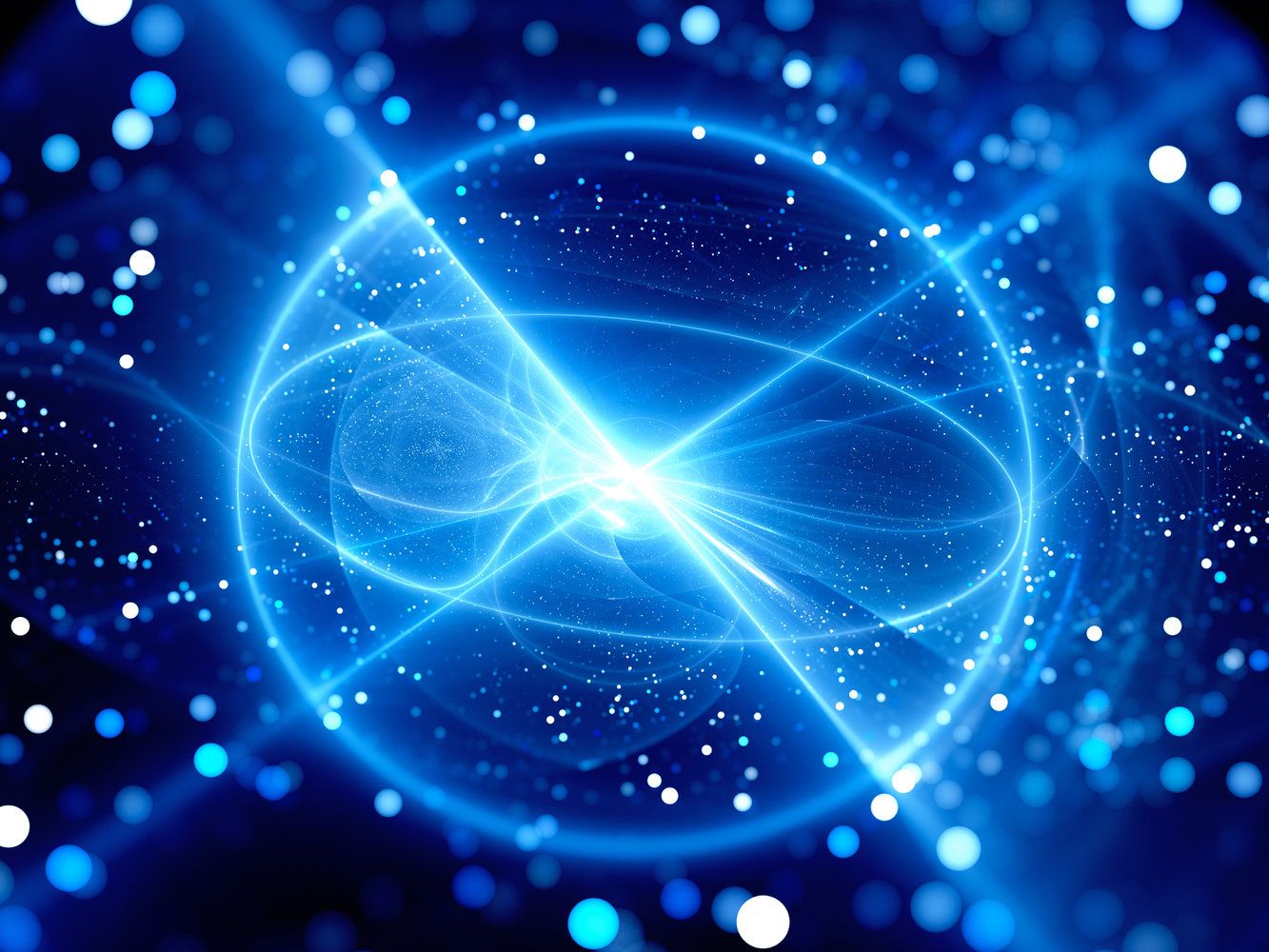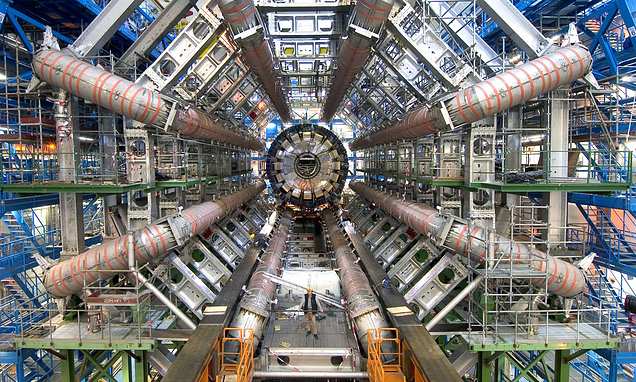Oct 5, 2018
A new era in the quest for dark matter
Posted by Genevieve Klien in categories: cosmology, particle physics
Since the 1970s, astronomers and physicists have been gathering evidence for the presence in the universe of dark matter: a mysterious substance that manifests itself through its gravitational pull. However, despite much effort, none of the new particles proposed to explain dark matter have been discovered. In a review that was published in Nature this week, physicists Gianfranco Bertone (UvA) and Tim Tait (UvA and UC Irvine) argue that the time has come to broaden and diversify the experimental effort, and to incorporate astronomical surveys and gravitational wave observations in the quest for the nature of dark matter.
Over the past three decades, the search for dark matter has focused mostly on a class of particle candidates known as weakly interacting massive particles (or WIMPs). WIMPs appeared for a long time as a perfect dark matter candidate as they would be produced in the right amount in the early universe to explain dark matter, while at the same time they might alleviate some of the most fundamental problems in the physics of elementary particles, such as the large discrepancy between the energy scale of weak interactions and that of gravitational interactions.


















